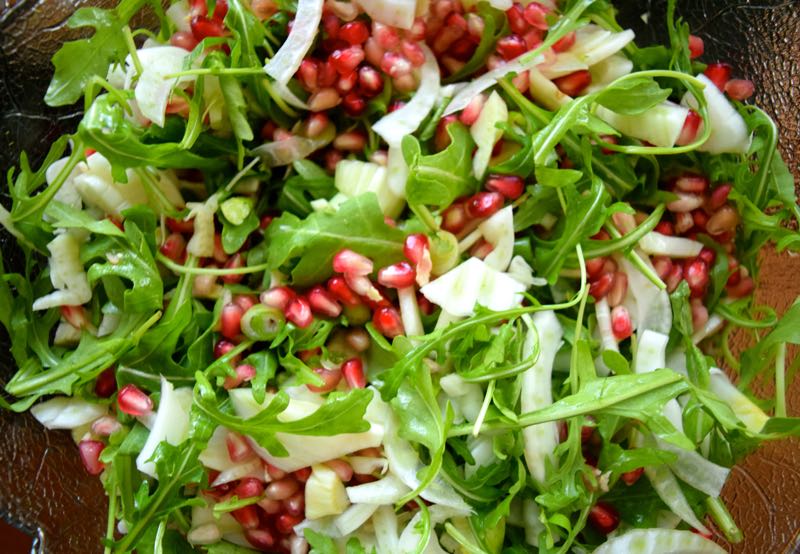
When we search for a high quality olive oil we look to reputable sources to tell us what is the best. We look up best olive oils and hope our search pulls up a list of extra virgin olive oils for us to buy. But is that the strategy we should use?
I would say NO and let me explain why.
Finding the best olive oil depends on two factors:
1. Chemical Analysis
2. Personal Taste
Chemical Analysis
Let’s start with the first factor; chemical analysis. This one is backed by science.
Feel free to skip down to the taste factor, but if you do, you’ll miss out on some important information. I’ll explain this as painless as possible.
We will focus on six chemical parameters. These parameters determine if an olive oil is extra virgin grade.
1. Free Fatty Acid (FFA)
2. Peroxide Value (PV)
3. Oleic Acid
4. Phenol content
5. Diacylglycerols (DAGs)
6. Pheophytins a, a’, pryopheophytins (PPP)
The first three are the main parameters initially set forth by the International Olive Oil Council (IOC) and used by the USDA, California (COOC), and Australia. The last two are newer testing methods developed by the Australian Olive Association (AOA).
Let’s define what these are in relation to olive oil:
1. FFA indicates the condition of the fruit at the time of crush. The higher the FFA, the greater the indication that poor quality fruit was used, the temperature was too high during extraction, or there was too much time between harvest and crush.
2. A high PV is responsible for the musty, rancidity found in poor quality olive oil. Unsaturated free fatty acids react with oxygen and form peroxides, which is accelerated by heat, light and oxygen exposure.
3. Oleic acid is a monounsaturated omega-9 fatty acid generally higher in olive oil than other vegetable fats. Extra virgin olive oil that is high in oleic acid is more stable and has a higher shelf life.
4. Phenols in olive oil decrease over time or when exposed to heat, oxygen and light. Polyphenols are a class of antioxidants that delivers the flavor intensity of the olive oil such as its pungency, bitterness, and other desirable characteristics. Recent studies indicate that polyphenols such as oleuropein, oleocanthal, and hydroxytyrosol are responsible for many of the health benefits associated with consuming fresh, high quality extra virgin olive oil.
5. DAGs determines the freshness of an olive oil. DAGs are a chemical compound consisting of two fatty acid chains bonded to a glycerol molecule which can come in the 1,2 form or the 1,3 form. Fresh olive oil has a higher proportion of the 1, 2 form while poor quality oil has high levels of the 1, 3 form.
6. PPP measures the chlorophyll pigments pyropheophytin and pheophytins in olive oils. The ratio of pyropheophytins to the Total pheophytins distinguishes fresh olive oil from refined, deodorized olive oil. When PPP ratio exceeds 17%, the oil is more than 2 – 2.5 years old and rancid.
Here is a chart that shows existing olive oil standards by organization.

Note that the IOC, USDA, COOC, and Australia share similar standards. The differences are that COOC has lower free fatty acid allowances and Australia measures DAGs and PPP while the other organizations do not include them in their standards.
Are you aware of standards much higher than the International Olive Oil Council (IOOC)?
Look at the chart again, the furthest column on the right highlighted in yellow is the UP standard or Ultra Premium. UP is a new standard in olive oil quality, it’s the freshest and finest quality of olive oil in the world. The numbers speak for themselves.
And that’s where we come in. All of our single varietal extra virgin olive oils follow the UP standard. The effort and the cost to produce this olive oil is much higher, but the health benefits and taste is worth it. Every six months or so we switch between the northern and southern hemispheres. Usually, around Jan/Feb we stock UP northern hemisphere olive oils and around Jul/Aug we stock UP southern hemisphere olive oils to keep a fresh supply year around.
Discover UP single varietal extra virgin olive oils.
If an olive oil producer can provide you their chemical analysis and the date of crush, then you are on your way to finding a good extra virgin olive oil. Keep in mind that consuming good quality, healthy olive oil is important because rancid olive oil forms harmful free radicals in the body known to cause cellular damage over time.
Personal Taste
Now let’s go to the second factor; personal taste. Personal Taste is subjective.
How would you know what is the best olive oil if you have not tried it?
Would you rather have someone tell you or would you rather discover the best for yourself?
You see, each olive oil has its’ own unique flavor characteristics. As there are hundreds of different variety of olives, each produces its own variety of olive oil. Soil conditions, weather, and how the olives are processed impacts the flavor. This is why I believe that what one person likes about one kind of olive oil may be different from what another person likes. Just like food, not everyone has the same taste in food.
Let’s talk a little more about the various flavor characteristics of olive oil.
First, extra virgin olive oil should always smell fresh and green. A great way to find out if your olive oil smells fresh is to put it in a small glass or plastic cup. Warm it in your hands for about 20 seconds and take a deep whiff. If it does not smell fresh, chances are that your olive oil is old. Olive oil does deteriorate with age, heat, and light.
Furthermore, olive oil comes in three main intensities; mild, medium, robust. The more robust the olive oil the more chances that it has a higher phenol count. Some olive oils are more creamy while others have floral notes. Some are very fruity while other varieties are pungent and have a lingering bitterness (another indication of high polyphenols). Some olive oils are better for baking while others are better for sautéing or frying. Some taste better in salads, and the list goes on. The variation is endless.
Check out our step-by-step guide on discovering your favorite olive oil.
To find the best olive oil, we believe knowing the chemistry of the olive oil and tasting your way to your favorite is the way to go. No one should decide for you the best. Even if learning about the chemistry seems too much at first, at least knowing the olive oil crush date and finding your personal taste is a good way to start.






















